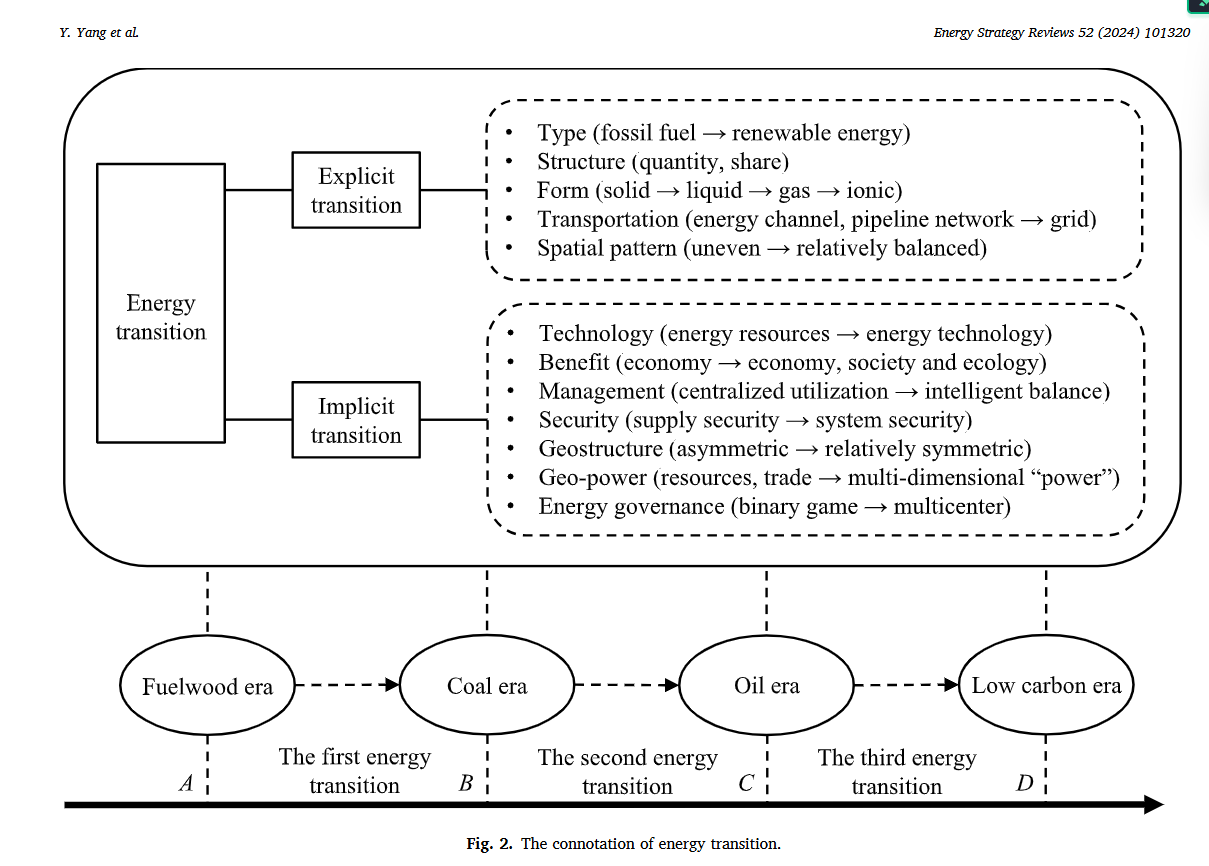National Policy on Biofuels 2018
Anuja and Shreyas
Policy brief by
Energy Transition Theory
Transition as a socioeconomic process...
...and not just shifting source for energy consumption
Energy Transition?
Implicit vs Explicit transition
Implicit vs Explicit transition

The Bio fuel policy
More inclined towards being implicit transition
The Strategy
Need and Benefits
The programs undertaken
The Strategy
2
Adopting biofuels and renewables
3
Energy Efficiency Norms
4
Improvement in the Refinery Process and
5
Demand Substitution
1
Increasing domestic production
Few Programs...
Biodiesel Blending Programme
National Biodiesel Mission
Ethanol Blended Petrol Programme
Second Generation (2G) Ethanol
Our Hypothesis
Reducing dependency
Rural economy
Reducing emissions
Reducing Dependency
Around 80% demand is fulfilled from imported crude oil
Providing substitutes
Road transport sector: 6-7% share of GDP
Domestic Production
Development of Second Generation (2G) ethanol technologies and its commercialization
Blending
Reducing Dependency

Made by us; data: obtained through PPAC historical records
Reducing Emissions
| Parameter | E10 (10% Ethanol) | E20 (20% Ethanol) |
|---|---|---|
| Un-burnt Hydrocarbon Emissions | ↓ 20% (Two-wheelers & Passenger Cars) | ↓ 20% (Two-wheelers & Passenger Cars) |
| Carbon Monoxide Emissions | ↓ 20% (Two-wheelers & Passenger Cars) | ↓ 50% (Two-wheelers), ↓ 30% (Four-wheelers) |
| Carbon Dioxide Emissions | ↓ 4.16 MMT in FY 2020-21 | ↓ 21.04 MMT per annum (Projected) |
Source: RAJYA SABHA STARRED QUESTION No. 237, ANSWERED ON 20th DECEMBER, 2021
|
Parameter |
Value |
|
CO2 Emissions Reduction |
544 lakh metric tons |
|
Foreign Exchange Savings |
₹1,06,072 crore |
|
Blending Achievement (2024) |
15% |

Data from EBP - Ethanol Blending Program
Source: Press Information Bureau
Reducing Emissions
Improving Rural Economy
MSP for crops used as biofuel feedstocks
By...
OMCs Disbursement to Distillers
Improving Rural Economy
|
Aspect |
Details |
|
Viability Gap Funding (VGF) |
₹5,000 crore over six years for 2G ethanol bio-refineries |
|
Incentives |
Higher procurement price for 2G biofuels compared to 1G |
|
Private Sector Participation |
100% FDI allowed; projects supported by NABARD, IREDA, and SIDBI |
|
MSP for Farmers |
Minimum Support Price for crops used as biofuel feedstocks |
|
Infrastructure Investments |
₹10,000 crore in 12 planned 2G bio-refineries across India |
Source: Press Information Bureau
Financial Incentives
Improving Rural Economy
| Feedstock | Cost / MT of the feedstock (Rs.) | Quantity of ethanol per MT of feedstock | Ex-mill Ethanol Price (Rs./litre) |
|---|---|---|---|
| Sugarcane juice / Sugar /Sugar syrup | 2850 (Price of sugarcane at 10% sugar recovery) | 70 litre per ton of sugarcane | 62.65 |
| B Molasses | 13,500 | 300 litre | 57.61 |
| C Molasses | 7123 | 225 litre | 45.69 |
| Damaged Food Grains (Broken Rice#) | 16,000 | 400 litre | 51.55 |
| Rice available with FCI | 20,000 | 450 litre | 56.87 |
| Maize# | 15,000 | 380 litre | 51.55 |
Avg sugarcane production: 60–80 tons/acre
A typical Indian sugarcane farm is about 0.625 Acres
Production of an avg farmer: 37.5-50 tones
Finally, the money: ₹ 1,24,687.5
If sold, she would get: ₹ 1,23,287
Externalities
Positive Production Externality
-
Environmental Benefits:
Promotes renewable biofuels, reducing greenhouse gas emissions, air pollution, and mitigating climate change.
2. Rural Development:
Supports farmers by creating markets for non-edible feedstocks, incentivizing biofuels boosting rural income.
3. Waste Utilization:
Encourages the use of agricultural residues and waste materials.
Source: IPCC
Challenges
Most Indian states still don't produce Ethanol, so 50% of petrol stations serve un-blended petrol.
Availability of stock (unforeseen events such as damagingly high rainfall)
Challenges to vehicle manufacturers
Environmental Cost (of first generation fuel)
Better refineries, technological developments and institutional mechanisms are needed
Connecting to course, it is fundamentally changing the demand for agricultural output.
Concluding Remarks
Import are still increasing...
Better refineries, technological developments and institutional mechanisms could easily help
Connecting to course, it is fundamentally changing the demand for agricultural output.
Conclusion
References
Roadmap for Ethanol Blending in India 2020–25
IN2024-0024 Biofuels Annual, United States Department of Agriculture
Report of The Expert Group on A Viable and Sustainable System of Pricing of Petroleum Products
- Yu Yang, Siyou Xia, Ping Huang, Junxi Qian, Energy transition: Connotations, mechanisms and effects, Energy Strategy Reviews
AI is used only to the extent that it acts as artificial assistance (that is, in accordance with the institute guidelines). (Used ChatGpt and Google Collab generative AI for code generation)
Thank You & ...
